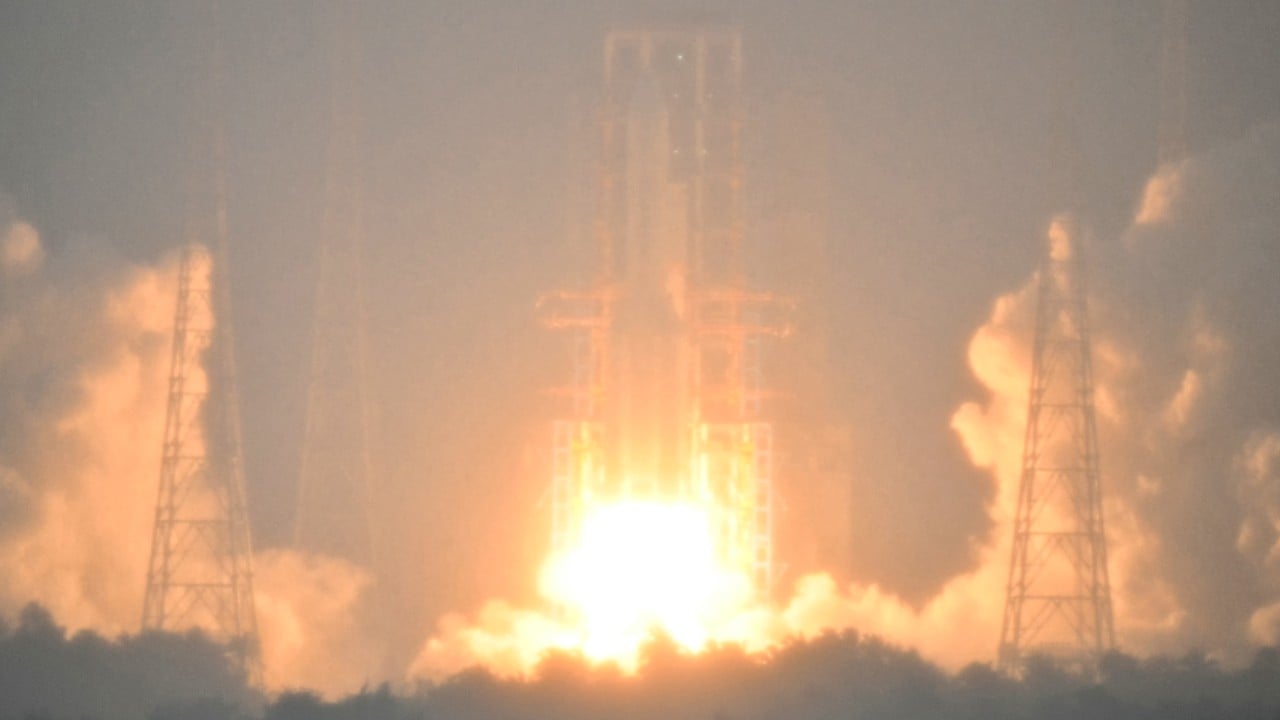China launches 4 satellites from the sea in push to finish Internet of Things constellation by end of year
“In the future, we will expand our services to other fields, including outdoor emergency response and military applications,” he said.
The constellation requires only small, low-cost and low-power consumption terminal equipment, according to the company website. The smallest terminal is 3.5cm (1.38 inches) across, and the cost of making the equipment has dropped to less than 1,000 yuan (US$138).
Compared with the two dozen Tianqi satellites already operating in orbit, the latest batch features high-stability, high-speed data communication capabilities with 10-minute global coverage, the company said on its official WeChat account on Tuesday.
The four-stage, solid-fuel Ceres-1S was developed based on Galactic Energy’s workhorse rocket model Ceres-1 to meet the needs of sea launches. It can adapt to different launching and landing areas, and launch smaller payloads into low and medium Earth orbits.
The company said it had adjusted the launching site this time to make sure Tianqi 25-28 met the requirement for specific orbital inclination. As the only company in China that can launch from both land launch pads and sea platforms, Galactic Energy said it was ready to serve different users and enter an intensive launch period.
